Surrender is the voluntary surrender or cessation of fighting, usually as a result of some kind of negotiation or agreement between parties to a conflict. The term “surrender” is most often used in the context of military operations, when one party decides to stop fighting and submit to the terms of the winner. At the same time, the concept of surrender can be applied in other areas, such as personal, social, and legal. There are many cases of surrender in history that were accompanied by the signing of formal acts or agreements to end the war and transfer control of the territory to the victor.
What is SURRENDER – definition and meaning in simple words.
In simple terms, Surrender is when one party, for example, in a war, decides to stop fighting and agree to the terms of the other party.
Imagine that two teams are playing soccer, but one of them realizes that they cannot win and decides to stop the game, accepting the other team’s victory. The same thing happens with surrender. This can apply not only to wars, but also to other situations in life. When a person surrenders, he or she decides to stop the argument or struggle and agree with the other person’s opinion.
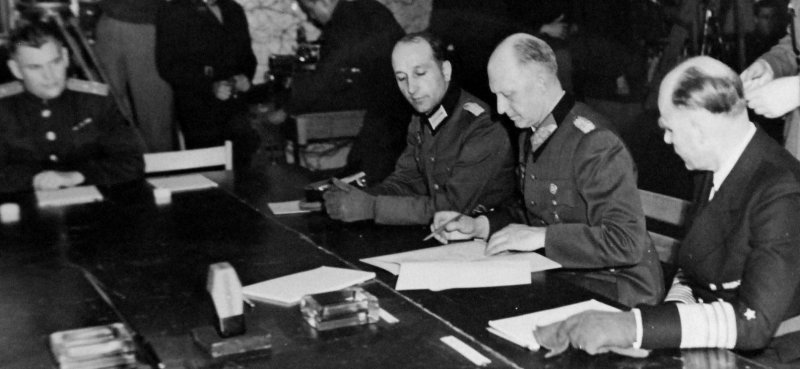
Different Contexts of Surrender.
Surrender can have different manifestations and forms depending on the context in which it occurs. Let’s look at some of the main areas where the concept of surrender occurs:
Personal context
- Emotional surrender: this is when a person stops fighting their emotions and allows them to influence their life;
- Psychological surrender: when a person gives up trying to overcome internal obstacles or solve psychological problems;
- Spiritual surrender: this occurs when a person gives up their spiritual beliefs or stops seeking answers to spiritual questions.
Social context
- Relationship surrender: occurs when a person decides to stop a dispute or struggle in a personal relationship by agreeing with the other person’s opinion;
- Conflict resolution: is when the parties to a conflict decide to compromise or give up their positions;
- Cooperation: when people come together to achieve a common goal, giving up individual interests.
Legal and political context
- Capitulation in legal disputes: when one party decides to admit defeat in a legal dispute and stop the legal process;
- Wars and surrenders: occurs when one party to a conflict decides to stop the war and sign a surrender, accepting the terms of the winner;
- Diplomacy: this is when states or political groups decide to stop the conflict and reach an agreement through diplomatic channels, giving up confrontation and seeking compromise.
Thus, surrender can take different forms and manifestations, depending on the context in which it occurs. It is important to understand that surrender does not always mean defeat or weakness, but can be the result of a deliberate decision aimed at achieving greater harmony or cooperation between the parties.

What is Surrender in War?
Surrender in the context of war has a special meaning and consequences for the parties involved in the war. Let us consider some aspects of this concept:
Reasons for surrender
- Military superiority of the enemy: this is when one side realizes that it cannot defeat the enemy because of its significant military strength or strategic advantage;
- Loss of key territories or resources: occurs when one side suffers heavy losses that reduce its ability to continue the war;
- Internal division or discontent: This is when the leadership or population of one side loses morale or support for the war.
Consequences of surrender for the parties
- Cessation of hostilities: surrender leads to an end to the war, reducing the loss of life and facilitating the restoration of peace;
- Setting conditions by the winner: the winner of the war usually sets the terms of surrender, which may include compensation for losses, transfer of territories, disarmament, or reform of the armed forces, etc;
- Rehabilitation and restoration: after the surrender, the process of restoring the destroyed territories, rehabilitating the victims, and rebuilding the economy and political system begins.
Thus, surrender in war is of great importance for the parties involved in the war and determines their future. It is important to note that surrender can be a difficult decision, but sometimes the only possible way to stop a war and ensure peace. In addition, surrender can provide new opportunities for cooperation between former adversaries and contribute to the stability and development of the region.
Types of Military Surrenders.
In order to take a closer look at the concept of surrender in the context of war, let’s consider the main types of military surrenders and their features:
- Conditional surrender is a type of surrender under which the victorious party accepts certain conditions put forward by the defeated party. These may include conditions for humane treatment of prisoners of war (combatants), preservation of cultural property, etc.
- Unconditional surrender is when the defeated party accepts all the conditions of the winner without any restrictions. This type of surrender is usually accompanied by a significant return of territory, reparations and other consequences that may affect the country for many years.
- Local surrender – occurs when individual troops or military facilities surrender to enemy forces. This may apply to individual military units, fortresses, or strategic locations. Local surrender can be partial or complete, depending on the conditions.
- General surrender is a process when a country completely surrenders to the enemy, agreeing to all the demands of the winner. General surrender usually occurs after serious defeats on the military front and a sense of hopelessness.
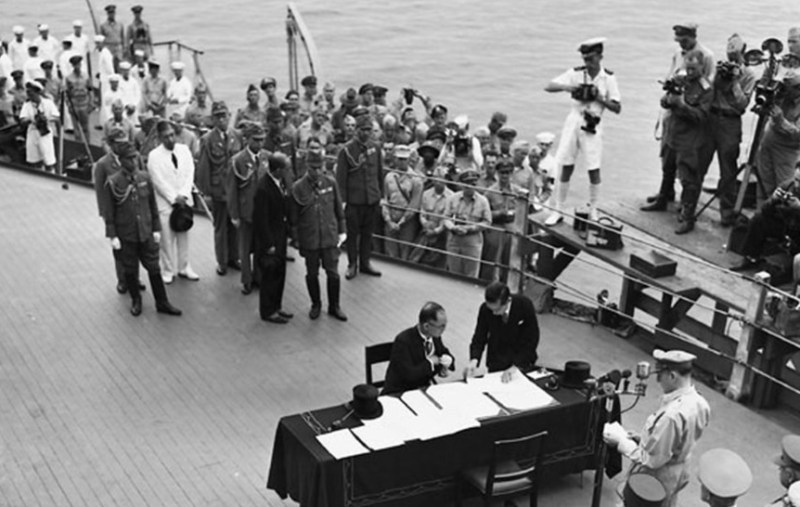
Examples of Military Surrenders.
Let’s look at some historical examples of military surrenders:
- Napoleon’s surrender in 1814 – after a series of defeats and retreat from Russia, Napoleon Bonaparte was forced to sign an act of surrender that marked the end of his rule. This is an example of a conditional surrender, as Napoleon was able to retain his title and move to the island of Elba.
- The surrender of the Empire of Japan in 1945 – after the atomic bombings of Hiroshima and Nagasaki, Japan declared its unconditional surrender to the Allies by signing the surrender act on September 2, 1945. This is an example of unconditional surrender that led to dramatic changes in the political and social life of Japan.
- The surrender of the Third Reich in 1945 – with the end of World War II, Nazi Germany was forced to accept unconditional surrender to the Allies. On May 7, 1945, the surrender act was signed, officially ending the war in Europe. This is another example of unconditional surrender that led to the division of Germany into four occupation zones.
These examples demonstrate different types of military surrenders and the circumstances that led to them. Studying historical examples helps to better understand the consequences of surrender for countries.
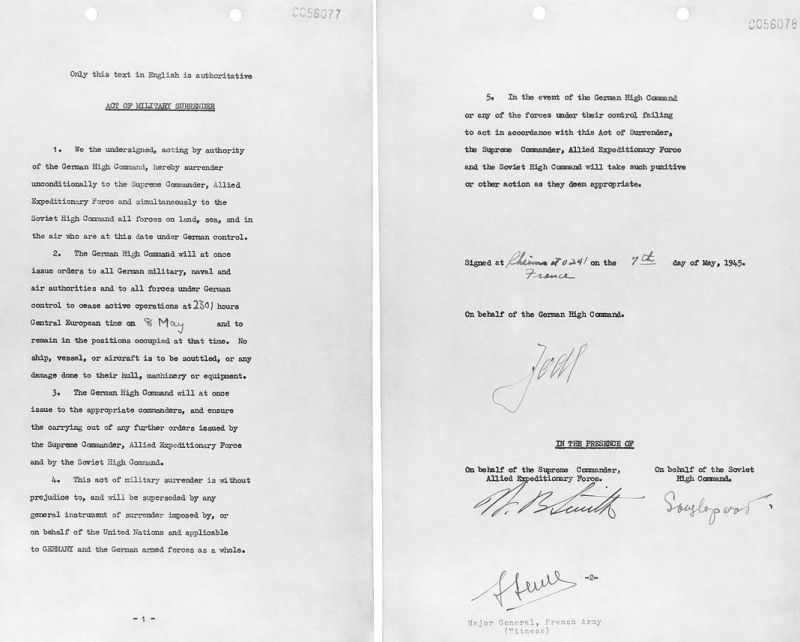
Procedure of Surrender.
The process of surrender in war can be divided into several stages:
- Negotiations between the parties – before the surrender is made, the parties negotiate the terms and consequences of the surrender. This process can be lengthy and complex as the parties try to reach mutually acceptable terms.
- Preparation and signing of the surrender deeds – after the negotiations are completed, the parties prepare a document containing the terms of the surrender. This act of surrender is signed by representatives of both parties, usually in the presence of mediators and witnesses.
- Fulfillment of the terms of surrender and the relevant consequences for the parties – after signing the act of surrender, the parties begin to fulfill the conditions set forth in the document. This may include the surrender of weapons, withdrawal of troops, transfer of territory, payment of reparations, etc. The respective consequences of surrender depend on the type of surrender (conditional, unconditional, local or general) and the specific conditions set by the parties during the negotiations.
The Art of Surrender: Techniques and Strategies.
The art of surrender is an important component of military strategies and tactics that helps leadership understand when and how to make the right decision to surrender or conclude a truce. Here are some practical tips and techniques for practicing surrender in different situations:
- Awareness and acceptance of the situation – the first step is to recognize that the military situation has become critical and unfavorable for your side. Without an objective understanding of your position, any attempts to surrender may fail or cause unnecessary losses.
- Communication with the enemy – establishing communication channels with the enemy is an important step in the surrender process. This will help to identify the intentions and desires of the other side regarding a truce or surrender.
- Flexibility in negotiations – during surrender negotiations, it is important to be flexible in terms of your positions and demands. This will facilitate a quicker compromise between the parties.
- Self-analysis and assessment of the consequences – after the surrender, it is necessary to analyze your actions and learn from the experience. This will help avoid similar situations in the future and prepare for a better resolution of military conflicts.
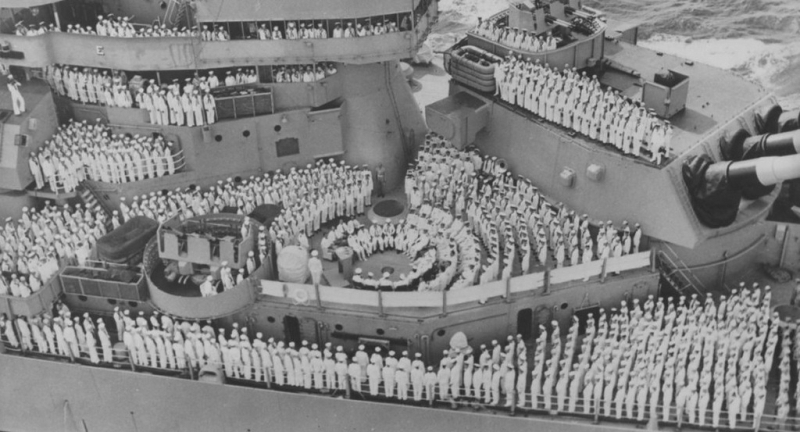
Conclusion.
In this article, we have examined various aspects of surrender, including its historical examples, types, procedure, techniques, and strategies. Military surrender is an important tool in conflict resolution and in reaching a truce between the parties. These concepts can also be of practical importance in our everyday lives. Applying the principles of surrender in our lives can contribute to personal growth and improve relationships with others. The ability to recognize and accept our limitations, flexibility in negotiations, as well as self-reflection and evaluation of the consequences of our actions can help us become more effective in various life situations.
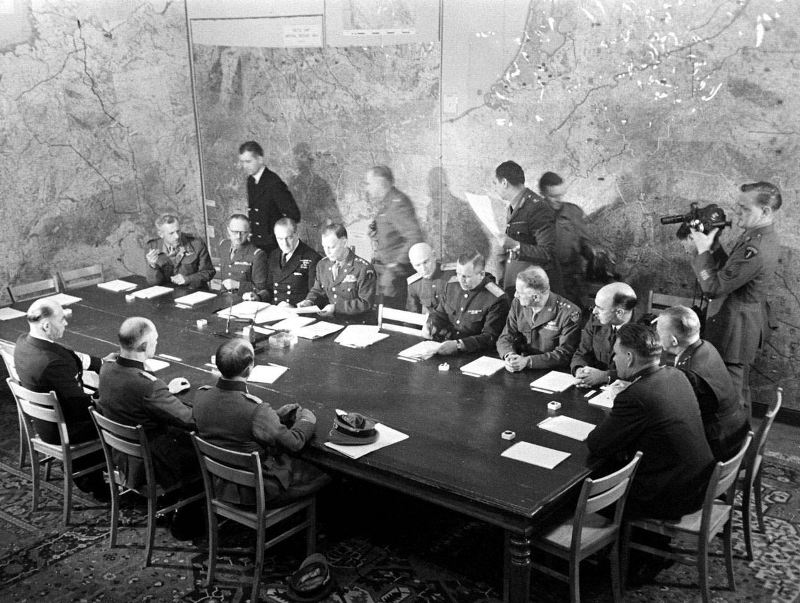
FAQ (Frequently Asked Questions):
Surrendering means ceasing resistance to an enemy or opponent and submitting to their authority. In a military context, it involves admitting defeat and relinquishing control over territory, resources, or personnel.
An example of surrender is the signing of the Instrument of Surrender by Nazi Germany on May 7, 1945, which marked the end of World War II in Europe.
To surrender to life means to accept the things that are beyond our control and focus on what we can change, leading to a sense of peace, acceptance, and personal growth.
Surrender can be both positive and negative. It depends on the context and perspective. In some cases, surrender can signify a loss or defeat, while in others, it may lead to personal growth, acceptance, and improved relationships.
To surrender oneself means to give up control or resistance, allowing one’s actions or decisions to be guided by external factors, such as a higher power or another person’s authority.
In finance, surrender refers to the early cancellation of an insurance policy or annuity contract, resulting in the policyholder receiving a portion of the accumulated funds or cash value.
The surrender takes place after negotiations between the parties, preparation, and signing of surrender acts, and fulfillment of the terms of surrender.
Germany’s surrender took place after the Allies won World War II, surrendered their weapons to German troops, and signed the surrender acts.
The German surrender was signed in Reims, France and later in Berlin.
The German Surrender Act was signed by representatives of the German government and military command, including Field Marshal Wilhelm Keitel from Germany. On behalf of the Allied forces, the act was signed by American General Walter Bedell Smith, Soviet General Ivan Susloparov, and British General Francis de Guingand. The surrender was signed on May 7, 1945, in Reims, France, and subsequently re-signed in Berlin on May 8, 1945, with representatives of all four Allied powers, including France.
Japan signed the Act of Surrender on September 2, 1945, aboard the USS Missouri, a battleship located in Tokyo Bay. The act was signed by Japanese Foreign Minister Mamoru Shigemitsu and General Yojiro Umetsu of the Empire of Japan. On the part of the Allied forces, the act was signed by American General Douglas MacArthur, representatives of the United Kingdom, the USSR, China, Australia, Canada, France, New Zealand, and the Netherlands. By signing the surrender, Japan formally ended its participation in World War II.




